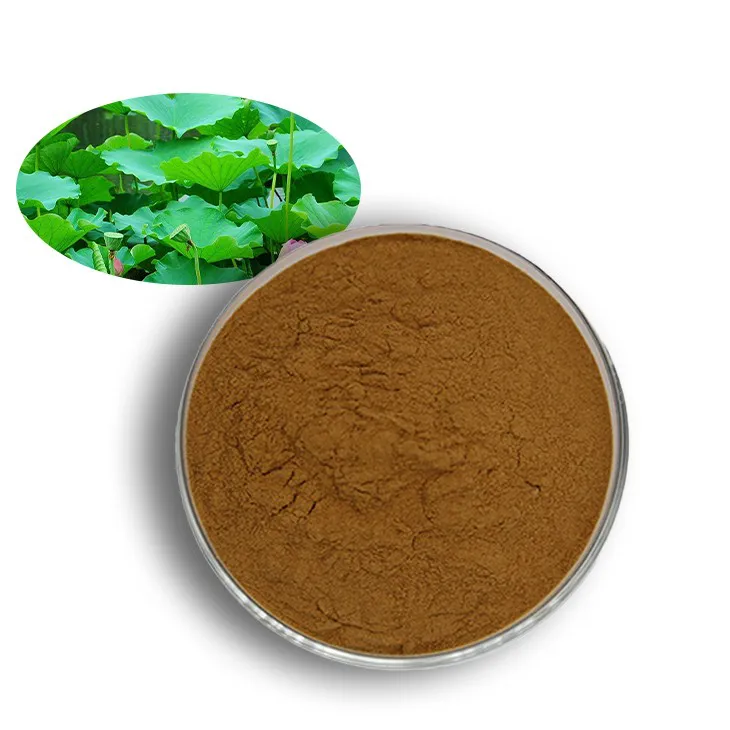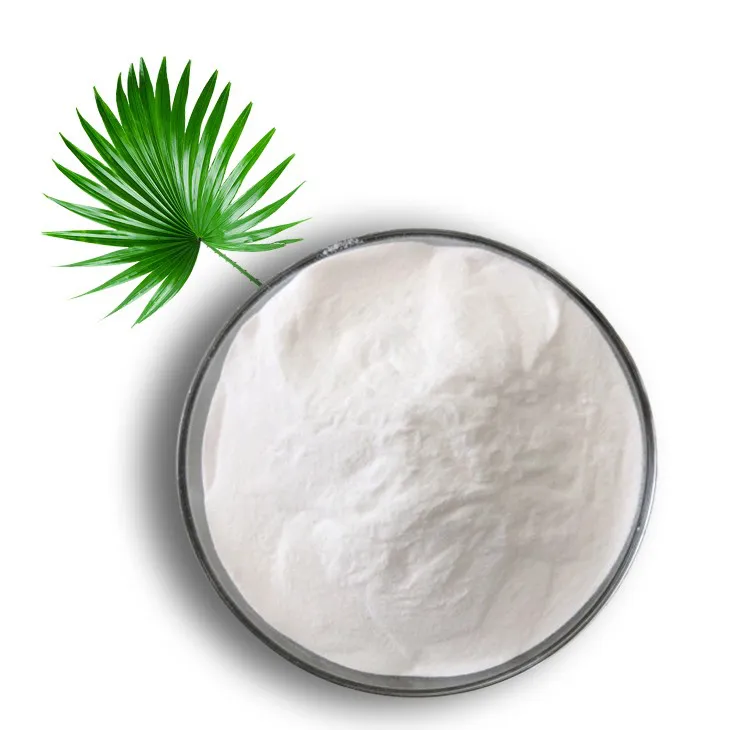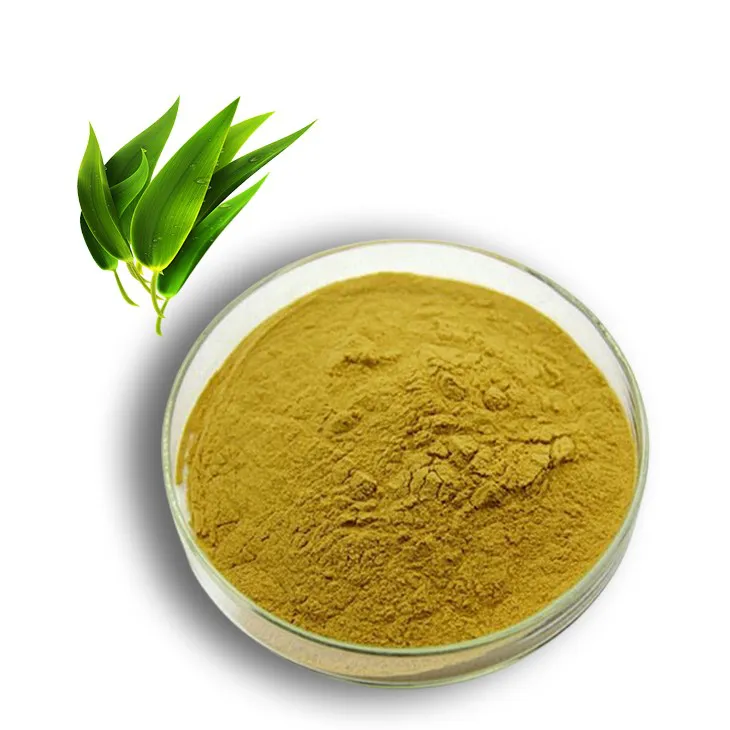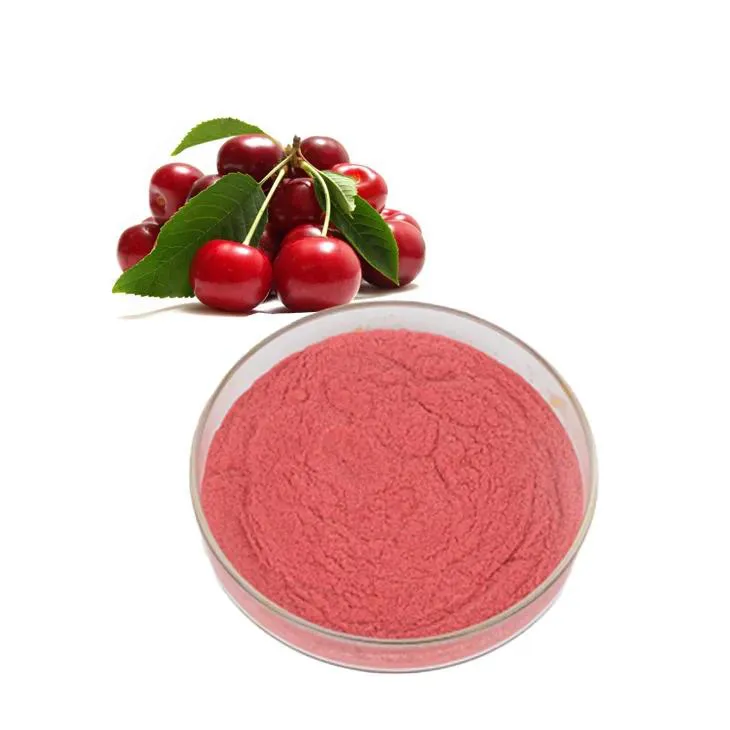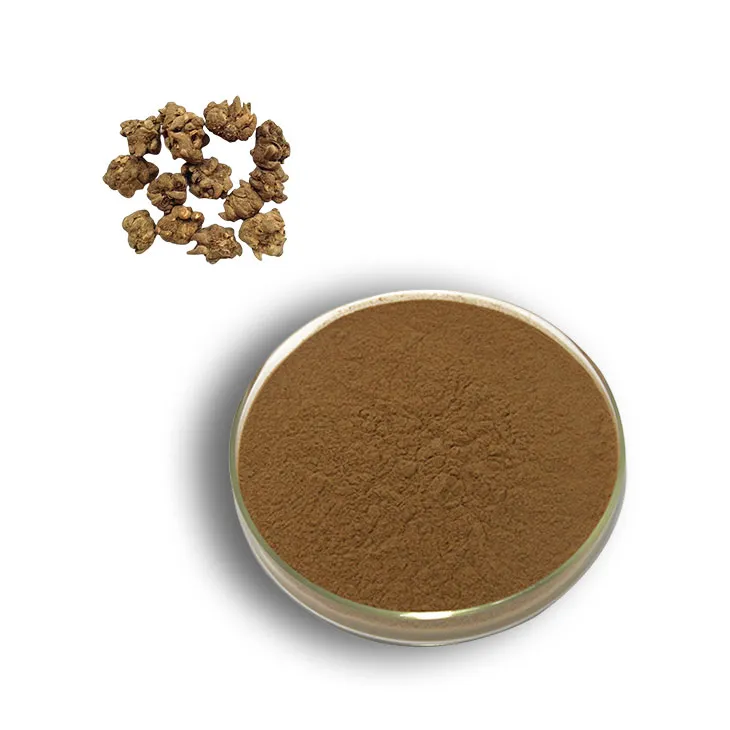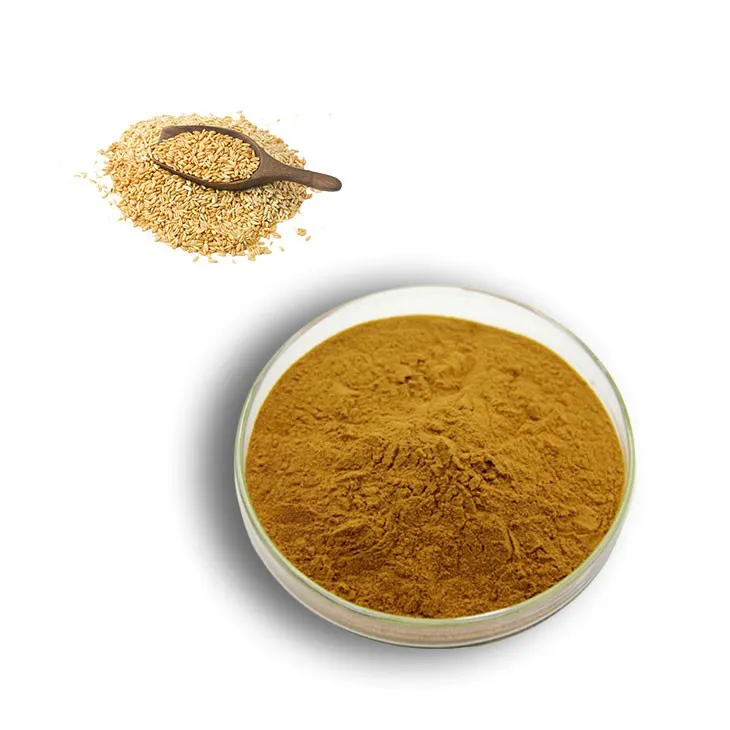- 0086-571-85302990
- sales@greenskybio.com
How Do You Store Boiled Grape Leaves?
2025-09-27
Grape leaves are a culinary staple across Mediterranean, Middle Eastern, and Eastern European cuisines, cherished for their use in popular dishes like dolma and stuffed grape leaves. To make these recipes, fresh grape leaves are typically washed and blanched (boiled) to soften their texture and remove bitterness. If you don’t use all your boiled grape leaves immediately, knowing how to store them properly is essential to preserve their flavor, texture, and safety for future use. This article provides a comprehensive, step-by-step guide to storing boiled grape leaves, covering techniques for short-term and long-term preservation, food safety, and flavor retention.
Why Boil Grape Leaves Before Storing?
Boiling or blanching grape leaves serves several key purposes:
Removes bitterness and tannins, making the leaves tender and mild.
Preserves vibrant color and flavor.
Reduces enzymes and microorganisms that can cause spoilage.
Prepares leaves for filling, rolling, or layering in recipes.
For optimal results, select young, tender grape leaves. Tough, older leaves may not soften enough through boiling and can develop a leathery texture when stored.
Immediate Post-Boiling Handling
After boiling grape leaves for 2–5 minutes:
Remove them with a slotted spoon and transfer immediately to a bowl of ice water or cold tap water. This “shocking” halts the cooking process, keeps the leaves from turning mushy, and helps retain their green color.
Drain thoroughly using a colander or lay the leaves single-layered on clean towels to absorb excess water.Excess moisture can promote microbial growth and cause leaves to deteriorate during storage, so ensure leaves are dry before packing.
Short-Term Storage: Refrigeration
If you intend to use boiled grape leaves within a few days, refrigeration is the best method. Here’s how to do it:
Layer and Stack: Lay the drained, dried leaves flat, then stack them into piles (10–20 leaves per stack is typical). Avoid overpacking or crushing to prevent tearing.
Wrap for Moisture Control: Wrap the leaf stacks in plastic wrap or place them in a zip-top food storage bag. Remove as much air as possible—oxygen increases spoilage.
Containerize: For extra protection, place the wrapped leaves in a sealed container, such as a glass or plastic food-safe box.
Label and Date: Mark the container with the storage date.
Shelf Life: Properly stored boiled grape leaves can remain fresh in the refrigerator for 3–5 days.
Tips for Refrigeration Success:
If possible, use the leaves before strong odors from other fridge items can permeate.
Don’t refrigerate for longer than a week; leaves will eventually lose structure and flavor.
Avoid reusable containers with trapped moisture or poor seals, which speed up spoilage.
Long-Term Storage: Freezing
For longer preservation—weeks to months—freezing boiled grape leaves is effective. Freezing helps maintain texture and color, provided you use the right approach.
Prep for Freezing:
Lay leaves flat and pat dry. Slight dampness is acceptable but avoid pooling water.
Group leaves into small stacks (typically 10–15 per portion), so you can thaw only what you need.
Wrap and Package:
Wrap individual stacks tightly in plastic wrap or parchment paper to keep leaves separated and intact.
Place wrapped stacks inside a freezer-safe, airtight zip-top bag; remove as much air as possible using a straw or by pressing out air by hand.
Alternatively, use a vacuum sealer for maximum freshness and minimal freezer burn.
Label and Date:
Write the storage date on every bag or container.
Freeze Flat:
Lay bags flat in the freezer so leaves do not squeeze or compress. This prevents breakage when removing leaves later.
Shelf Life:
Frozen boiled grape leaves retain best quality for up to 6 months. Use within 12 months for acceptable flavor and texture.
Thawing Frozen Grape Leaves:
Transfer a portion or bag to the refrigerator and allow it to thaw slowly overnight.
Do not microwave or use hot water for thawing, as rapid heating may damage texture.
Drain any liquid released during thawing; gently separate leaves while still cold to prevent tearing.
Pickling or Preserving in Brine
Traditional preservation for grape leaves is brining—packing leaves in salt and water solution to extend shelf life and infuse flavor. While this method applies more to unboiled leaves, it can also work for boiled grape leaves:
Prepare a brine using about 2 tablespoons salt per quart of water. Some recipes add a splash of lemon juice or citric acid for extra tartness.
Layer cooled, dry boiled grape leaves in sterilized glass jars.
Pour brine over leaves, ensuring they are fully submerged.
Cover jars tightly with lids and refrigerate.
Leaves stored in brine last up to 1 month in the refrigerator. Rinse and pat dry before using to remove excess salt.
Canning for Shelf-Stable Storage
Canning is a more intensive method that allows grape leaves to be stored at room temperature for months. This process requires sterilized jars, boiling brine, and processing in a water bath canner. Boiled (or briefly blanched) grape leaves are packed in jars, covered with brine, then boiled for a prescribed time (usually 10–15 minutes). Store in a cool, dark pantry and use within a year. Always inspect home-canned leaves for safety before use.
Avoiding Common Storage Mistakes
Storing Wet Leaves: Excess moisture causes sliminess and rapid spoilage.
Leaving in Warm Temperatures: Grape leaves must always be refrigerated or frozen, never stored at room temperature.
Using Damaged Leaves: Torn or overly matured leaves break down quickly and negatively impact dish quality.
Cross-Contamination: Always use clean hands, tools, and containers during storage preparation to avoid introducing bacteria or mold.
How To Use Stored Boiled Grape Leaves
Stored grape leaves—even after chilling or freezing—are perfect for stuffed dishes, layering in casseroles, making wraps, and other Mediterranean recipes. Once thawed or rinsed, gently separate and fill according to your recipe. Leaves may lose a little flexibility after freezing, but are usually excellent for rolling and stuffing.
Food Safety and Signs of Spoilage
Safeguarding food safety is crucial. Discard any boiled grape leaves that exhibit:
Mold or fuzzy growth,
Off smells (sour, musty, rotten),
Slimy texture or visible discoloration.
Never consume leaves with questionable appearance or odor.
Conclusion:
Proper storage preserves the freshness, aroma, and versatility of boiled grape leaves for delicious recipes throughout the year. For short-term use, refrigerate leaves well-wrapped and use within a few days. For long-term preservation, freezing is your best option—package leaves airtight, label, and use within six months for optimum quality. Pickling in brine or canning extends shelf life and offers unique flavor twists, especially for traditional dishes.
By mastering these techniques and following food safety guidelines, you can enjoy the convenience and taste of grape leaves whenever you want—ensuring that your dolma, stuffed leaves, and other culinary creations are always at their best.
Green Sky Bio provides the best extracts and supplements. It is a Chinese self-developed brand that is trustworthy! Welcome to email us to inquire about our products.
- ▶ Hesperidin
- ▶ Citrus Bioflavonoids
- ▶ Plant Extract
- ▶ lycopene
- ▶ Diosmin
- ▶ Grape seed extract
- ▶ Sea buckthorn Juice Powder
- ▶ Fruit Juice Powder
- ▶ Hops Extract
- ▶ Artichoke Extract
- ▶ Mushroom extract
- ▶ Astaxanthin
- ▶ Green Tea Extract
- ▶ Curcumin
- ▶ Horse Chestnut Extract
- ▶ Other Product
- ▶ Boswellia Serrata Extract
- ▶ Resveratrol
- ▶ Marigold Extract
- ▶ Grape Leaf Extract
- ▶ New Product
- ▶ Aminolevulinic acid
- ▶ Cranberry Extract
- ▶ Red Yeast Rice
- ▶ Red Wine Extract
-
Lotus leaf extract
2025-09-27
-
Saw Palmetto Extract
2025-09-27
-
Bamboo Leaf extract
2025-09-27
-
Acerola Juice Powder
2025-09-27
-
Europen Bilberry Extract
2025-09-27
-
Cat Claw Extract
2025-09-27
-
Oat Straw Extract Powder
2025-09-27
-
Beetroot juice Powder
2025-09-27
-
White mustard seed extract
2025-09-27
-
Resveratrol extract
2025-09-27











